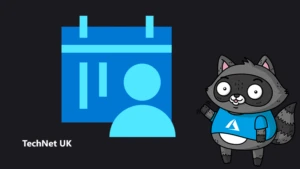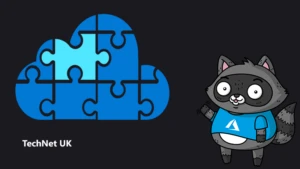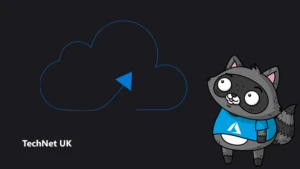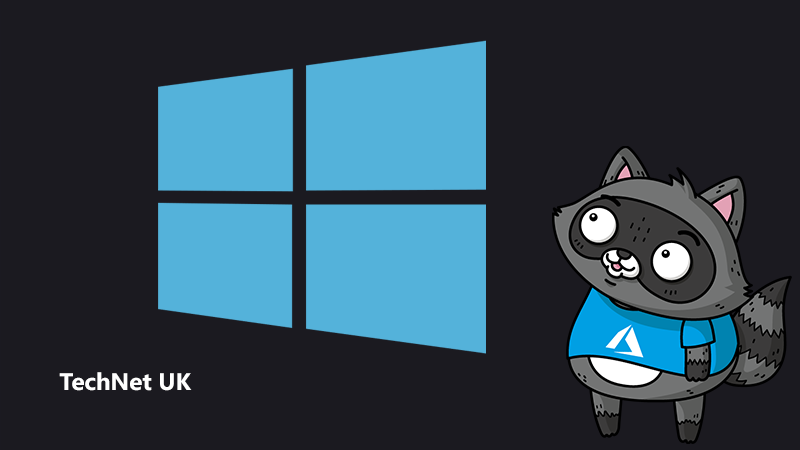
Get started creating apps for dual-screen devices
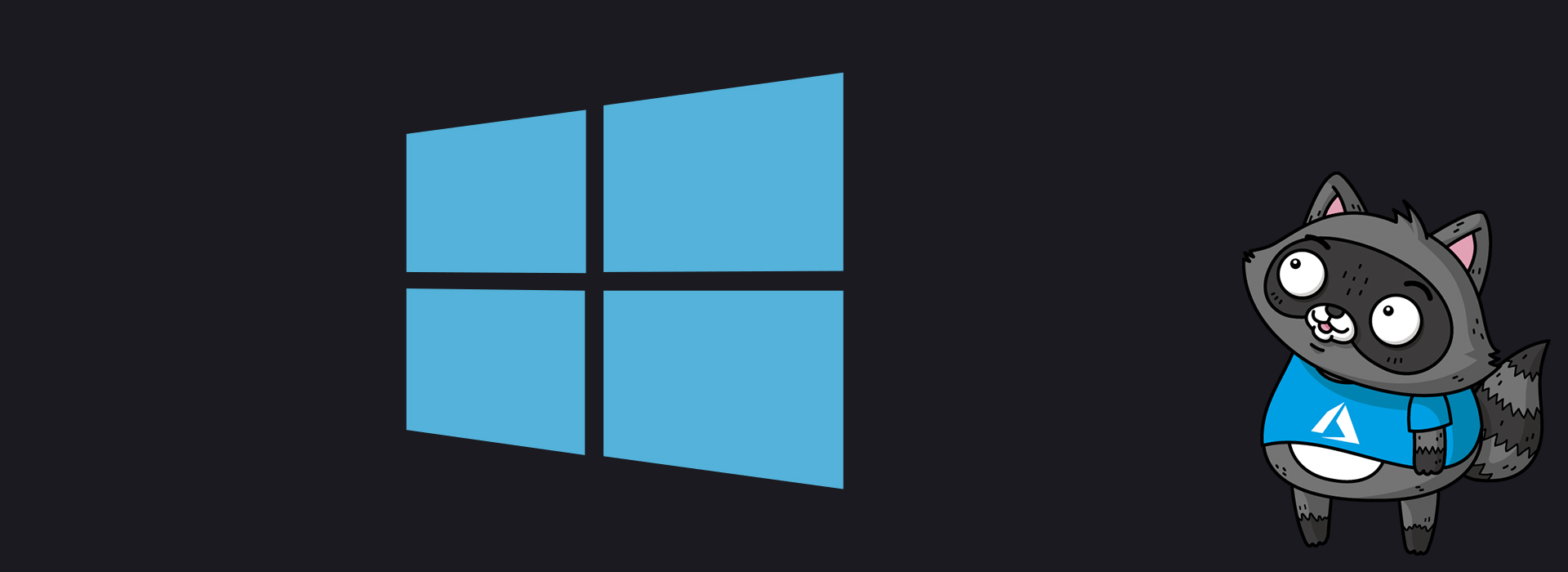
By the end of this year, Microsoft will be releasing two new dual-screen devices. There’s Surface Neo, which comes with two 9” screens, a 360° hinge, touch, pen and keyboard, and the Surface Duo, a pocket-sized device which brings together the best of Microsoft and Android.
With their release comes a great opportunity to develop new and exciting software experiences. To give developers a head start, Microsoft has released early versions of the SDKs, as well as for Windows 10X.
Developing dual-screen apps
Dual-screen devices can come in a range of hardware and industrial design variations, so keep in mind as you design software that you should avoid designing to the specifications of any specific devices available today. Surface Neo and Surface Duo are intended to help define the category, but other devices may come with larger displays or differing hinges.
All dual-screen devices can fold, flip, and rotate. Different form factors support a wide variety of modes and uses, allowing users to fit the device to their situation. You can take advantage of these various postures with your app.
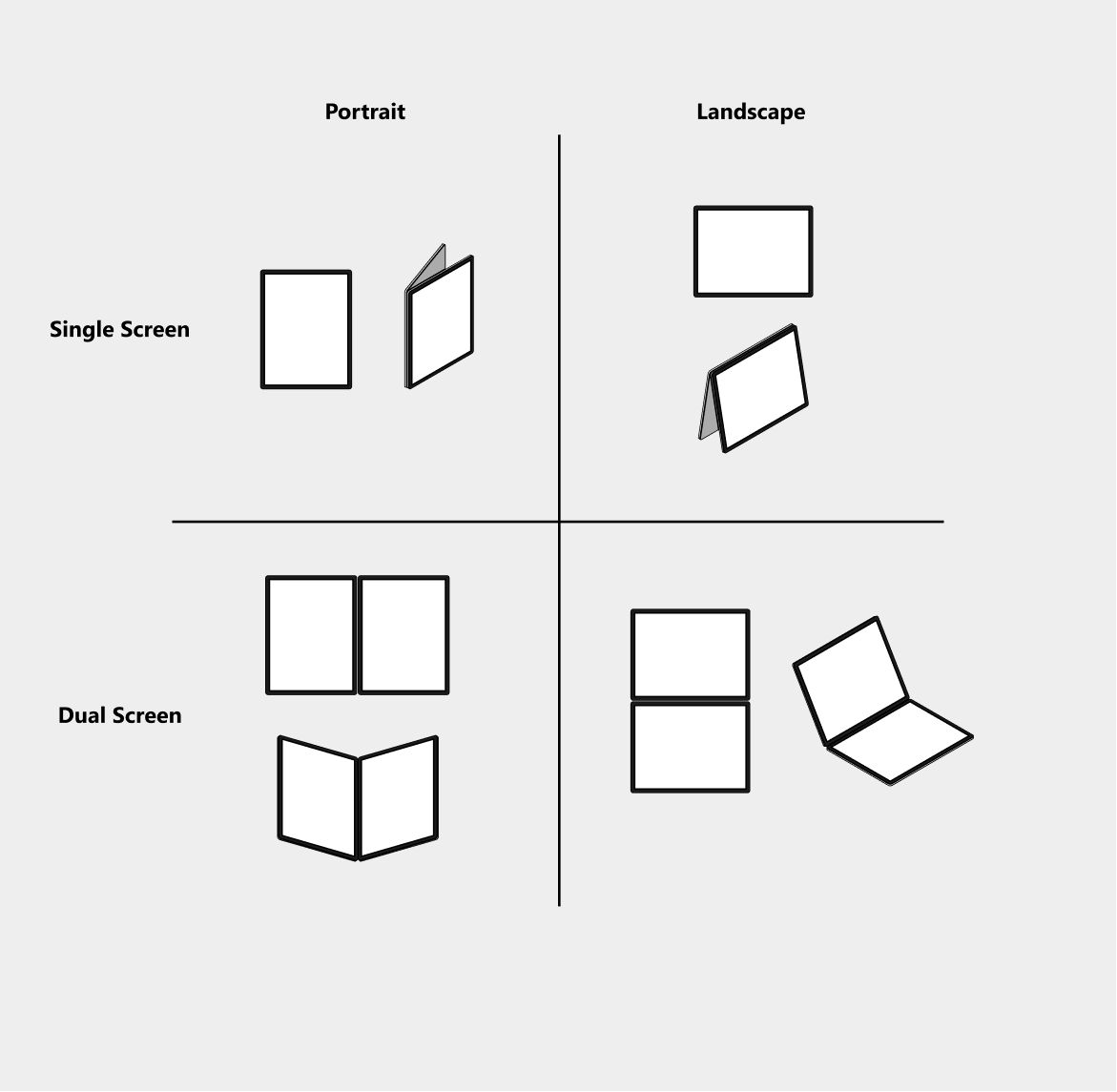
When the user launches an app, its core window opens maximised and occupies the full width and height of a single screen. Users can have multiple applications open at once this way, allowing for side-by-side use of apps and intuitive drag-and-drop scenarios.
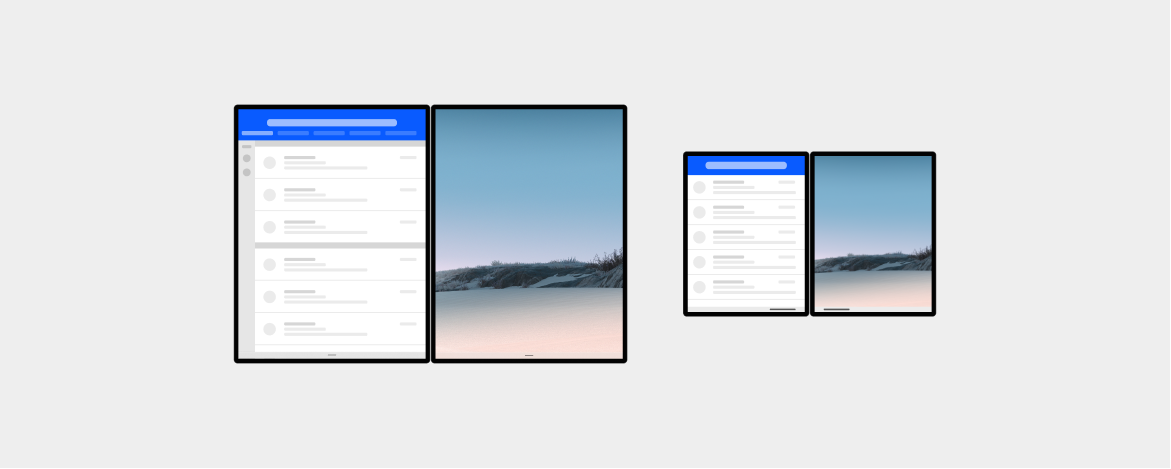
An app can also appear across both screens, which is known as a spanned layout. By default, the app will act as if it is being displayed across a larger screen. You can modify your existing app layouts to accommodate the seam between the two screens, or you can go further and design your app using layout controls specifically created to take full advantage of dual-screen devices.
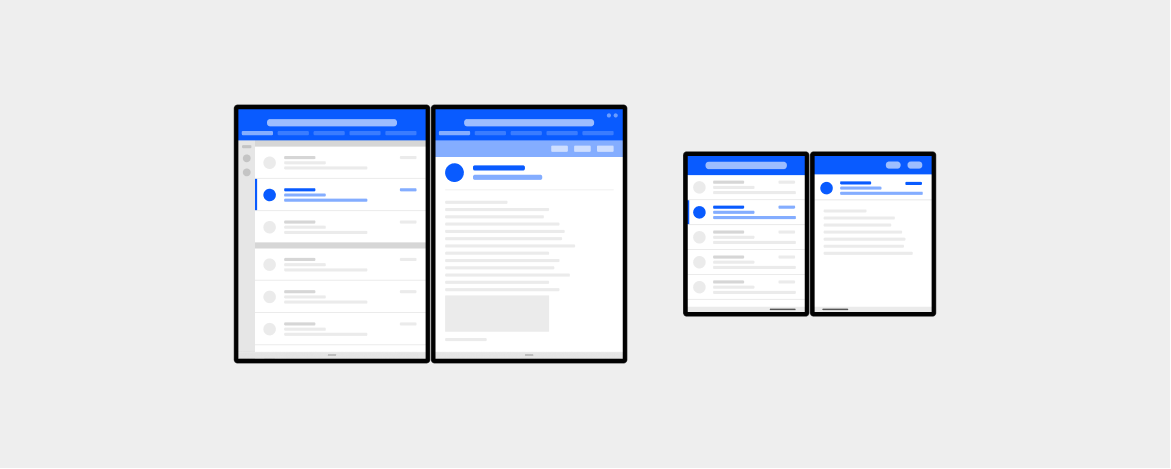
Getting started
Whether you want to get stuck into Surface Duo, Surface Neo or both, the tools you’ll need to develop for them are now available in preview:
- Download the Surface Duo SDK – This includes a Surface Duo preview image for use with the Android Emulator, which can be used to develop and test apps for the upcoming device. It also includes a collection of APIs that’ll let you make your app aware of the display mask and hinge on the Surface Duo device, so you can best take advantage of the device.
- Download the Windows 10X dev tools – In order to get started building, testing and debugging your apps for Windows 10X, you first need to become a Windows Insider. Then, from a machine running the latest Windows Insider build, you can download and install the necessary tools, such as Visual Studio, the Windows 10 SDK Insider Preview, the Microsoft Emulator and a Windows 10X emulator image.
- Develop cross-platform – Further development support will become available to dual-screen development soon, including web platform, React Native, and Xamarin. For links to useful content and the latest updates on these tools, please check the Microsoft Docs link below.
Resources
- Create apps for dual-screen devices on Microsoft Docs
- Dual-screen experiences, video presentations from the Microsoft 365 Developer Day.


